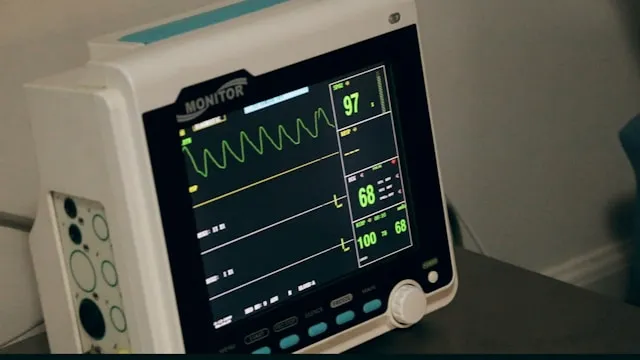Coronary angioplasty, also called as Percutaneous Coronary Intervention (PCI) or Percutaneous Transluminal Coronary Angioplasty (PTCA) is a non-surgical procedure carried out to widen blocked or narrowed coronary arteries from plague caused by long term accumulation of cholesterol. An experienced cardiologist from Fortis Escorts Heart Institute explains angioplasty in layman terms,  Who is a candidate for angioplasty?[/caption]
Who is a candidate for angioplasty?[/caption]
Coronary arteries supply the heart with oxygen rich blood, and once they are blocked, proper functioning of the heart is impeded. This can reduce blood flow to the heart and cause chest discomfort, and in extreme cases may lead to angina or heart attack. Angioplasty aims at removing these blockages and restoring normal blood flow to the heart. It is usually carried using balloon which stretches these blocked arteries, causing them to open up (the conventional approach) or to fix them permanently by inserting a short wire -mesh tube, called a stent, in the artery.
Who needs Coronary Angioplasty?
Blockage of coronary arteries leads to chest pain or discomfort and may eventually lead to angina or heart attack, both of which seriously impact the heart tissue, muscles and functioning. It is good to get angioplasty done at the right time when the cardiologist has identified the blockage. [caption align="aligncenter" width="681"] Who is a candidate for angioplasty?[/caption]
Who is a candidate for angioplasty?[/caption] How is the procedure performed?
A thin tube (catheter) is inserted through a minor puncture either in the leg or arm artery to the blocked artery in the heart, and once the catheter reaches the blocked artery in the heart, it is treated either by inflating a balloon or by inserting a stent (collapsed wire mesh tube) which is mounted on a special balloon. The stent locks in keeping the artery open. The procedure can may take anywhere between 30 to 90 minutes. Get detail info on trusted cardiologists and book priority appointment for the procedure.What are the benefits of Coronary Angioplasty?
It opens up the coronary arteries of the heart and ensures proper blood to heart. It also prevents re-occurrence of second heart attack, if done post first heart attack.Is it a painful procedure?
Angioplasty causes little or no pain, except the site where catheterization is done. That area may hurt a little or can be slightly bruised for a couple of days.How safe is the procedure?
With no major incisions, it is considered a very safe procedure. Risk factors usually depend on the overall health status, age and prior cardiac history.How quick is the recovery after Coronary Angioplasty?
Depending on whether angioplasty has been carried out post heart attack or as a prophylaxis, the recovery will vary. Basis the requirement of blood thinning, the catheter inserted are removed 4 to 12 hours after the procedure. In most cases, the patients are discharged a day after the procedure. Patients can go back to their normal day-to-day life 3 to 5 days after discharge. With routine medications that prevents clot formation and other guidelines from the cardiologist, the complete recovery is smooth and doesn't take much time.
Reviewed by







